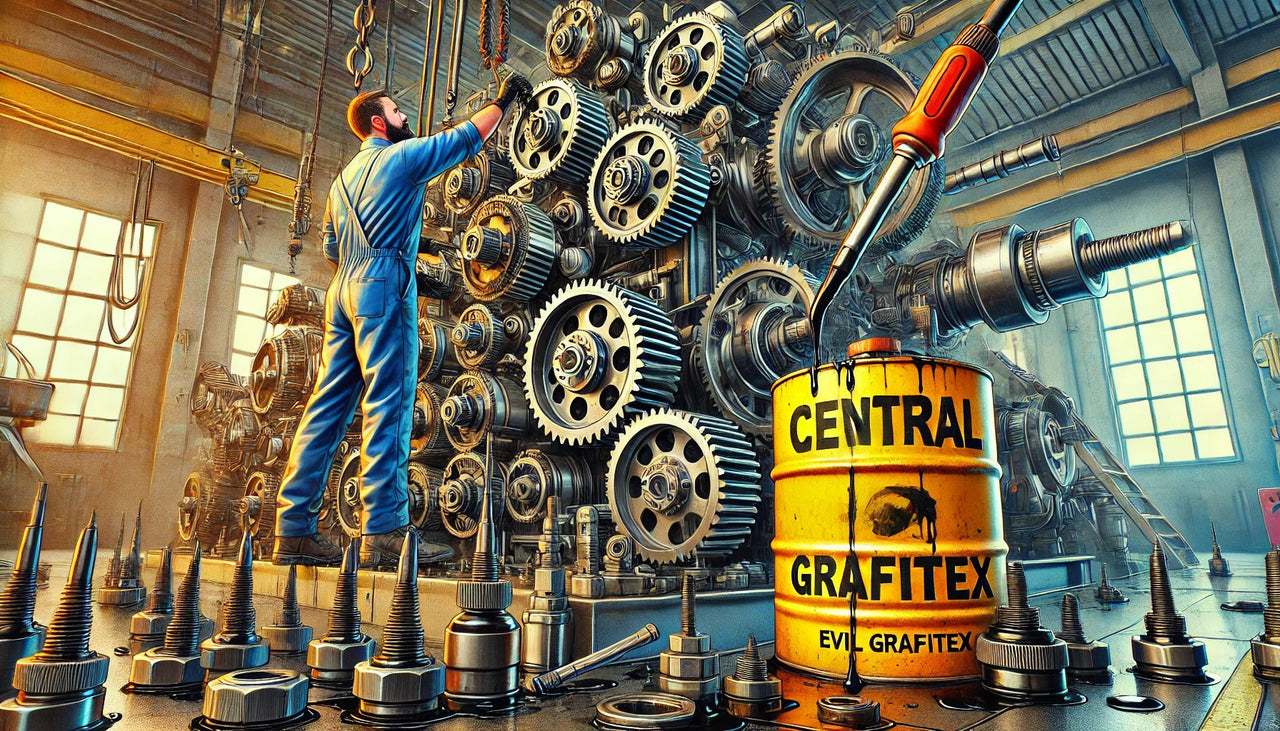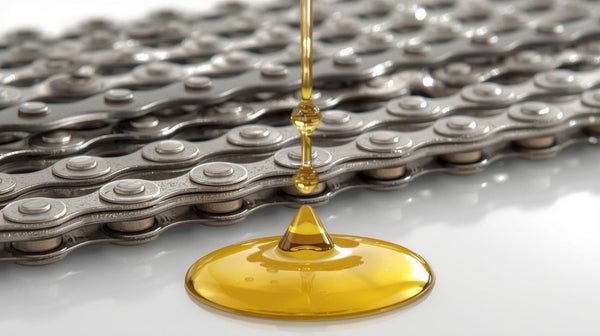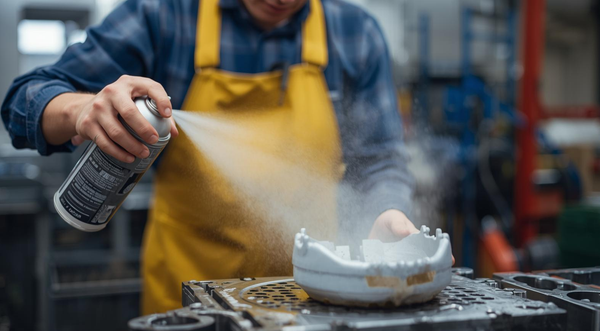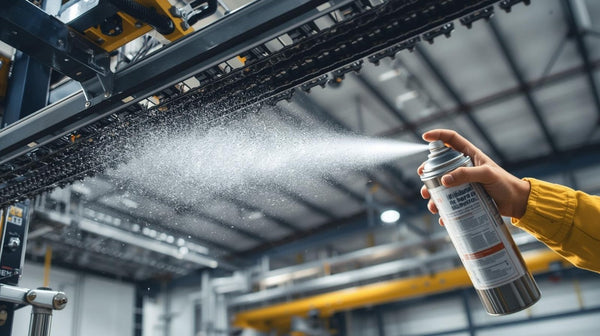What is graphite grease used for? Its advantages and disadvantages
Graphite grease is one of the most versatile and valued lubricants, which has found wide application in various industries and in everyday use. It is an oil-based grease enriched with the addition of graphite, which gives it unique physicochemical properties. In this article, we will take a closer look at the applications of graphite grease, its advantages and disadvantages.
What is graphite grease?
Graphite grease is a lubricant product, one of the ingredients of which is graphite - a mineral with a layered structure. Graphite is characterized by high abrasion resistance, excellent lubricating properties and the ability to work in extreme conditions. Graphite contained in greases is usually a micropowder that is an element of the grease, also known as solid grease, which is an element of the mineral or synthetic base. Graphite greases usually contain in their composition:
- Mineral or synthetic oils as a base.
- Thickeners that give the grease the right consistency.
- Finely divided graphite (powder) as a key ingredient responsible for lubricating properties.
Thanks to their unique composition, graphite greases can operate in conditions where other greases may fail, e.g. at high temperatures or under high loads.
Applications of Graphite Grease
Graphite grease is extremely versatile and is used in many areas, such as:
-
Heavy industry
Graphite grease is widely used in industrial machines such as:
- Slow-speed gears and bearings operating at high temperatures.
- Lifting mechanisms, chains and guides.
- Machine elements exposed to intense friction, e.g. gears or spindles.
-
Motorization
In the automotive industry, graphite grease is used primarily for:
- Lubrication of locks, hinges and other moving car parts.
- Protecting screw threads against seizing.
- Sealing exhaust system components exposed to high temperatures.
-
Railways
In the railway industry, graphite grease is used to lubricate mechanical components of locomotives and wagons, such as:
- Springs.
- Wheel alignment.
- Other components operating under heavy loads.
-
Construction and agriculture
In these sectors, graphite grease is used for:
- Lubrication of construction machinery, e.g. excavators or loaders.
- Protection of moving parts of agricultural machines such as seeders or combines.
-
Everyday Uses
Graphite grease is also popular for minor home and garden repairs, such as:
- Lubrication of gate and door hinges.
- Maintenance of garden tools.
Benefits of Graphite Grease
Graphite grease has many advantages that make it valued in a variety of applications:
-
High temperature resistance
The graphite contained in the grease enables operation in extreme temperature conditions, from very low (approx. -20°C) to very high (up to 1000°C depending on the formula).
-
Excellent lubricating properties
The layered structure of graphite allows the layers to easily move relative to each other, which reduces friction and surface wear.
-
Corrosion protection
Graphite grease creates a protective coating that protects metal surfaces from moisture and chemicals.
-
Reliability in harsh conditions
Thanks to its resistance to pressure and friction, graphite grease can be used in machines and devices operating under heavy loads.
-
Versatility
The wide range of applications makes graphite grease a universal lubricant.
Disadvantages of Graphite Grease
Despite its numerous advantages, graphite grease also has some disadvantages that are worth considering:
-
Difficulty cleaning
Graphite grease is difficult to remove from surfaces, and its dark color may stain clothes or tools.
-
Limited compatibility with some materials
Not all materials are resistant to graphite, which may lead to accelerated wear.
-
Brittle leftovers at high temperatures
At extremely high temperatures, grease can leave hard, brittle deposits that are difficult to remove.
-
Limited use in precision mechanisms
Due to the high viscosity and graininess of graphite, this grease is not suitable for applications in mechanisms requiring very low friction and high precision. This also applies to ball bearings with high rotation speeds.
-
Higher cost compared to other lubricants
The addition of graphite makes this type of grease often more expensive than traditional lithium or calcium greases.
How to use graphite grease?
To fully utilize the benefits of graphite grease, it is worth following a few basic rules:
- Thoroughly clean surfaces – make sure the surface is clean and dry before applying lubricant.
- Avoiding excess – Excess lubrication can cause contamination to build up.
- Regular application – To maintain optimal lubrication properties, regular maintenance is recommended.
Graphite grease is an irreplaceable lubricant in many industrial, automotive and home applications. Its excellent lubricating properties, resistance to extreme conditions and the ability to protect against corrosion make it the first choice in many difficult situations. At the same time, it is worth remembering its disadvantages, such as difficulties in cleaning or limited compatibility with certain materials. Knowledge of these features allows for conscious and effective use of this versatile product. The ABS Serwis company's product resources include many greases with graphite elements, which you can choose yourself in the store, or get an answer from experienced technologists by sending an e-mail with a query and description of the lubrication node.
















